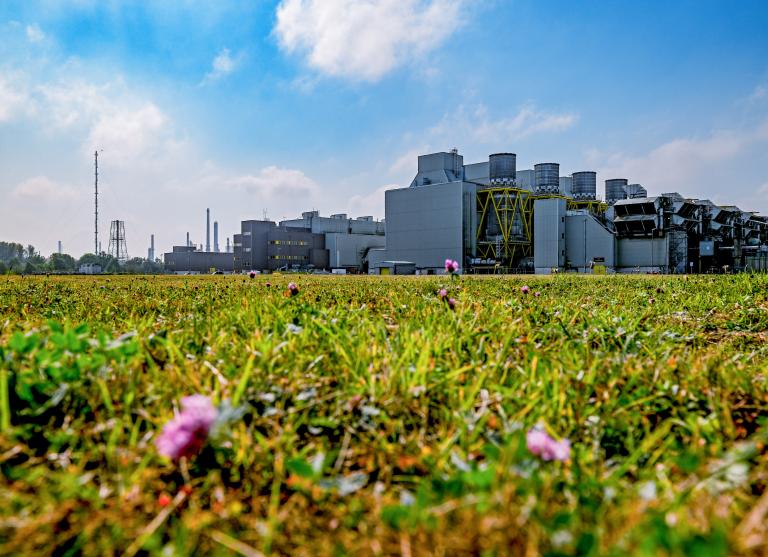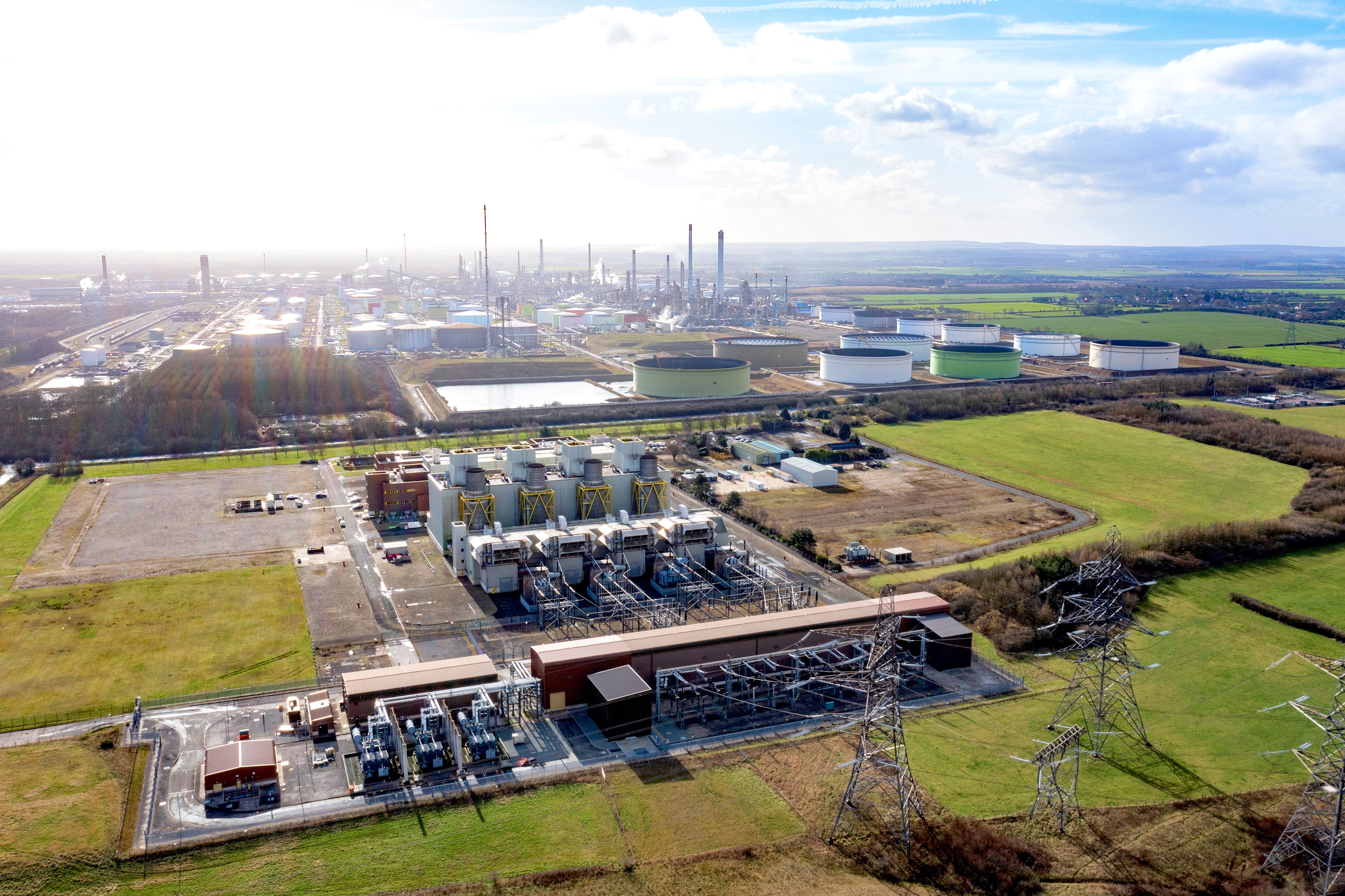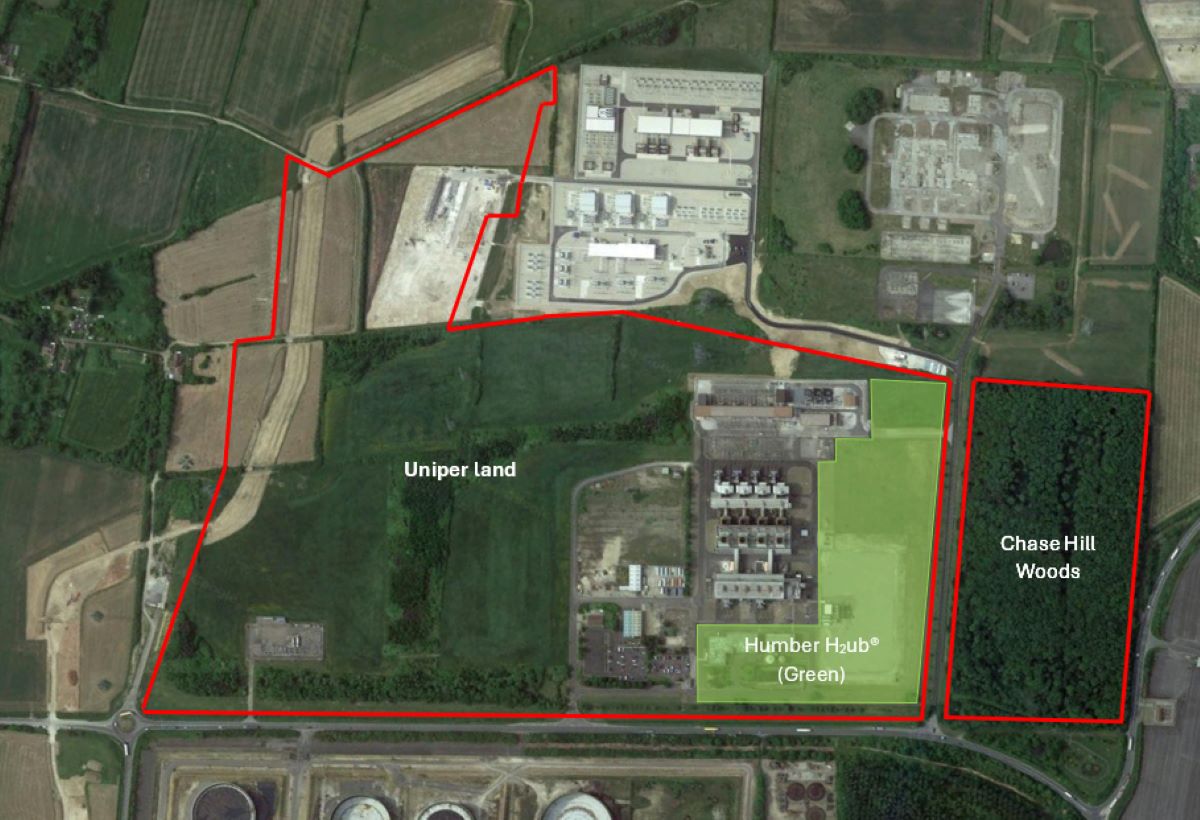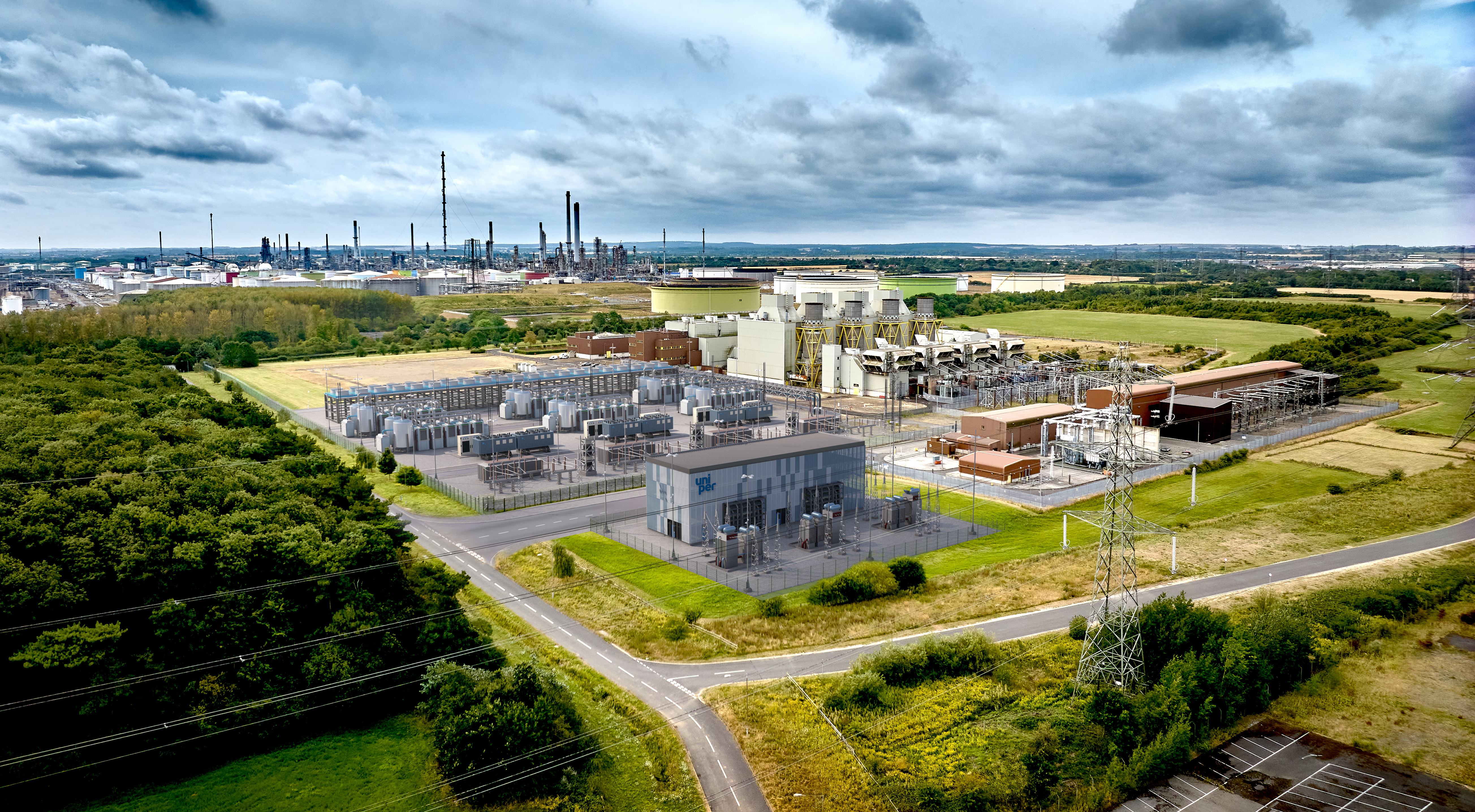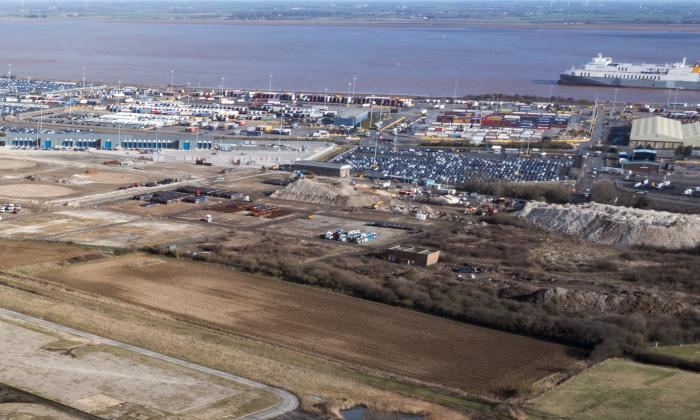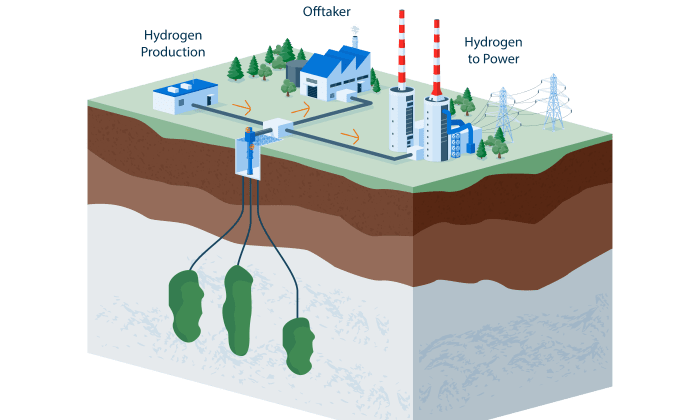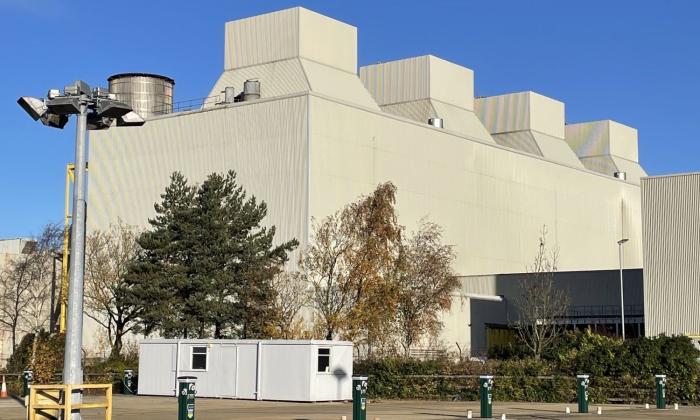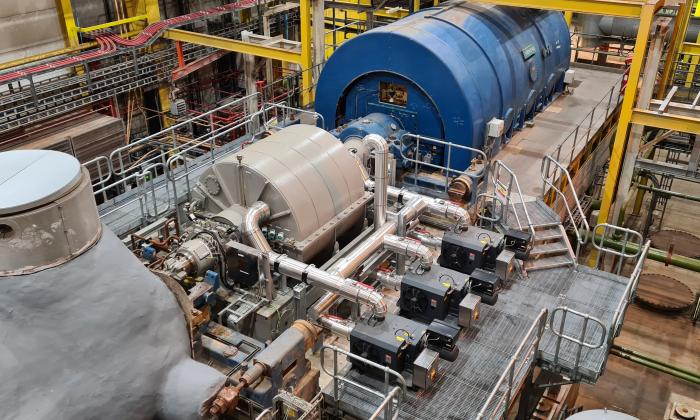Hydrogen is a key fuel that can be used in heavy industry, transport and power generation. The technology for producing hydrogen already exists and is proven. All types of low carbon hydrogen will be needed at scale, including both electrolytic (green) hydrogen, which is produced from renewable energy sources, and more conventional hydrogen-production methods combined with carbon capture and storage technologies. Once produced, hydrogen can also be refined into renewable liquid fuels – such as synthetic diesel and sustainable aviation fuel – providing a clean energy source for vehicles and whole industries that currently rely on carbon-intensive fuels.
For the Humber, hydrogen offers a low carbon alternative for those parts of the regional economy, which are more difficult to decarbonise, such as its heavy industry, supporting the region’s transition to a decarbonised future.
